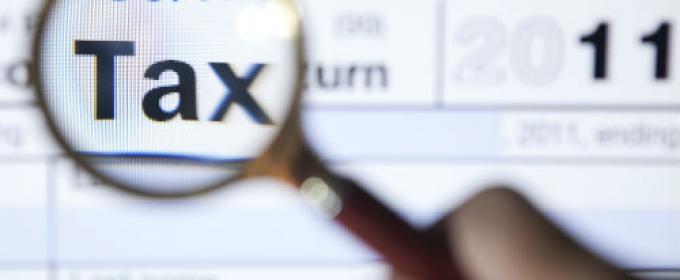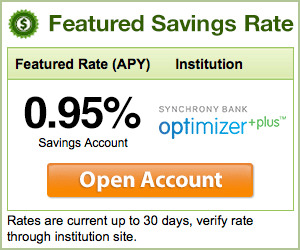
Important Changes You Need to Know
- Standard Deductions- The standard deductions rose for both single taxpayers and couples. For single individuals, the deduction rose from $6,100 to $6,200 while married couples filing jointly now have a standard deduction of $12,400 which is an increase from the 2013 amount of $12,200.
- The Maximum Earned Income Credit- The maximum Earned Income Credit for those who have three children who qualify is now $6,143, an increase from $6,033 in 2013.
- The Affordable Care Act- The new healthcare laws that took effect last year might affect your refund amount. If you had qualifying healthcare coverage during 2014, you won't be responsible for the "Individual Shared Responsibility Payment"(also known as the penalty payment for not maintaining healthcare coverage). The dollar amount you are responsible for depends on your income, and is either a percentage of your income or a fixed amount set by the federal government. While you likely won't have to pay the penalty in cash, the total amount of your penalty will be calculated as part of your income taxes.
Related Article: 4 Reasons to File Your Taxes Now
In Most Cases, The Outcome of Your Taxes is Determined By Your Withholding Amount From Each Paycheck
Who Can Garnish Your Tax Refund?
- The Internal Revenue Service - If you owe money to the IRS from previous tax years, they will take their portion from your refund first before other creditors can collect on their debts. If no other creditor has garnished your wages, you will receive the remaining amount as your tax refund.
- The Treasury Offset Program - Also known as the TOP, this program allows any other state, federal or local agency to collect the money owed to them from previous debts. Some common examples include child support payments, student loans and other federal loans that are delinquent.
- Other Miscellaneous Government Debts - Other various debts you owe to various government agencies will likely be taken from your tax refund. Whether you owe money for unemployment payback plans or have a delinquent business loan from the government, they will likely request to garnish your tax refund.
How To Challenge Your Tax Refund Offset
- You filed for bankruptcy and the case is still pending.
- The loan is not valid for a variety of reasons, including fraud and forgery.
- A "false certification discharge" or "closed school discharge" are two potential issues because your school failed to meet specific standards for operation or they lied about their certification.
- The original borrower is either totally disabled or deceased
Using Your Refund to Consolidate Your Credit Card Bills
- Pay Delinquent Debts First- If you have any credit cards or other debts that are still open but past due, pay them off first. Doing so might save those credit lines from being permanently closed and sent to collections.
- Pay Down High Balances- One of the easiest ways to increase your credit score is to pay down your credit card balances to under 30 percent of the total available credit on your report.
- Sub Prime and High Interest Credit Cards- If you have both high interest and sub prime credit cards on your profile, pay off the cards that charge you the highest annual fee. These are likely cards that you first opened when you began the credit rebuilding process, but might not be useful anymore. While they may have an impact on your credit score if the credit line was your oldest revolving account, the temporary credit score dip will be nothing compared to the savings you experience when you close the account.







